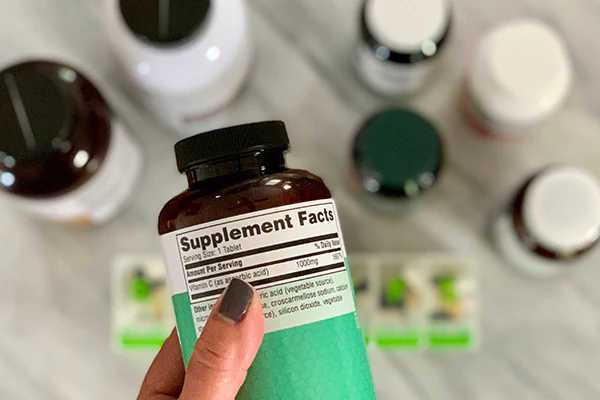When packaging food products for sale, providing accurate and informative nutrition information is crucial. The Canadian Food Inspection Agency (CFIA) has established guidelines for nutrition fact labels, including specifications for label size based on package surface area. Understanding the appropriate label size is essential to ensure compliance and convey essential nutritional information effectively. This blog post will explore determining nutrition fact label size based on package surface area according to CFIA guidelines.
Familiarize Yourself with CFIA Guidelines
To begin, it’s essential to familiarize yourself with the CFIA guidelines for nutrition fact labels. The CFIA provides comprehensive guidance on label content, placement, and size. Pay specific attention to the regulations outlined in the “Food and Drug Regulations” under the “Nutrition Labelling” section and any additional guidelines or updates issued by the CFIA.
Read more: Serving and Selling Cannabis in your Restaurant, Bakery, or Pizzeria
Measure the Package Surface Area
The CFIA guidelines specify that the nutrition fact label size should be based on the package surface area. Measure the area of the principal display panel (PDP), which is the main display area of the package typically visible to consumers. Measure the width and height in centimetres (cm) or square centimetres (cm²) to determine the total surface area.
Calculate the Minimum Required Label Area
According to CFIA guidelines, the nutrition fact label should occupy at least 15% of the PDP or a surface area of 16 cm², whichever is greater. To calculate the minimum required label area, multiply the package surface area by 0.15 (15%) to obtain the 15% threshold. Compare this value with 16 cm², and select the larger value as the minimum required label area.
Read more: How Many Types of Menu Labels are there, and how to Correctly Read Menu Labels?
Consider Label Design and Readability
While adhering to the minimum label area requirements, ensuring that the nutrition fact label remains readable and visually appealing is essential. Consider the design elements, font size, and legibility of the label content. The CFIA provides specific font size and formatting guidelines, including character requirements, spacing, and contrast. Strive to strike a balance between compliance and readability.

Adjust Label Size and Placement
Based on the minimum required label area, adjust the label size accordingly. Ensure the label fits comfortably within the designated area on the package, allowing for any additional required information such as product name, company logo, or other mandatory labelling elements. Consider the packaging’s overall aesthetics and visual balance while positioning the nutrition fact label in a prominent and easily noticeable location.
Read more: What you should know about the Healthy Menu Choices Act
Consult with Design and Compliance Experts
If you are uncertain about determining the appropriate label size based on CFIA guidelines or require additional guidance, consider consulting with design and compliance experts. They can provide valuable insights and help ensure your labels meet regulatory requirements while effectively communicating important nutrition information to consumers.
Read more: Leveraging Nutrition Software in your Business
Regularly Review CFIA Guidelines and Update Labels
As regulations and guidelines may change over time, staying current with CFIA requirements is essential. Regularly review and update your nutrition fact labels to ensure ongoing compliance. Stay informed about any revisions or new guidelines issued by the CFIA to maintain accuracy and adherence to regulatory standards.
Determining the appropriate size for nutrition fact labels based on package surface area is critical to complying with CFIA guidelines. By measuring the package surface area, calculating the minimum required label area, and considering design and readability factors, you can create nutrition fact labels that provide essential nutritional information in a clear and compliant manner. Adhering to CFIA regulations ensures transparency and empowers consumers to make informed choices about the food products they purchase. Stay informed and regularly review your labels to ensure compliance with CFIA guidelines for nutrition fact label sizing.
If you’re looking for the easiest way to create Nutrition Fact Labels, while making certain that all sizing guidelines are met, why not start a MenuSano Free Trial today?



















